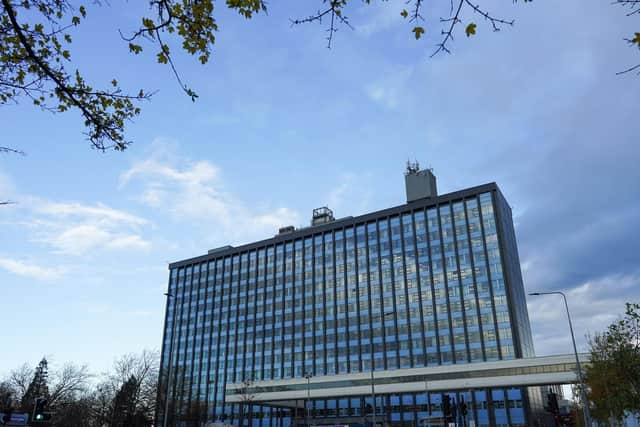Hull's hospitals have the most patients waiting more than a year for treatment in the UK
NHS figures for the Hull University Teaching Hospitals Trust (HUTHT) showed 3,971 patients had ‘incomplete pathways’ for a year or longer as of March, up from 3,041 since December.
Data also showed there were 4,437 patients waiting a year or longer for outstanding treatments or procedures across all East Yorkshire trusts, up 29 per cent in the same period.
Advertisement
Hide AdAdvertisement
Hide AdRussell Wenn, of the East Riding Clinical Commissioning Group (CCG), told its governing body the figures for HUTHT were the highest of any trust in the country.


He added while year or longer waits had fallen since March, the figures remained a “concern” and officials were prioritising the most clinically urgent to clear the backlog.
The NHS Constitution sets the target maximum waiting times for non-urgent procedures at 18 weeks from the day an appointment is booked.
It comes as CCG members also heard the trust was running a body camera pilot with ambulance staff as part of national efforts to curb violence towards them.
Advertisement
Hide AdAdvertisement
Hide AdA CCG report stated NHS England had given funding to buy the cameras, with around 1,100 set to be bought as part of the scheme which launched in April.
The report also stated the proportion of patients waiting longer than six weeks for diagnostics tests had fallen to 33 per cent by March across all trusts in East Yorkshire.
HUTHT runs Hull Royal Infirmary and Castle Hill Hospital while the York and Scarborough Teaching Hospitals Foundation Trust runs Bridlington Hospital.
The Northern Lincolnshire and Goole Foundation Trust runs Scunthorpe Hospital and Goole and District Hospital.
Advertisement
Hide AdAdvertisement
Hide AdThe same figures showed A&E attendance fell by 24 per cent on average from December to March, remaining below pre-coronavirus levels.
Overall waiting times fell by one per cent over the same period, but of those with incomplete pathways of a year or more, 803 patients had been waiting around a year and a half as of April.
A total of 269 people had been waiting for treatment across 15 specialties for 20 months, while 12 had been waiting two years or more.
Mr Wenn told the CCG the procedures with the highest number of people waiting were for ear, nose and throat issues.
Advertisement
Hide AdAdvertisement
Hide AdHe said: “We’re starting to see increases in waiting times as more people use services again. There is a significant number of people who have been waiting 52 weeks or more. The referral figures for March are also significant, they’re the highest we’ve seen in three years.
"We’re mitigating that by prioritising the most clinically urgent cases. Primary care services also remain constrained as they assist with the vaccine rollout.”